


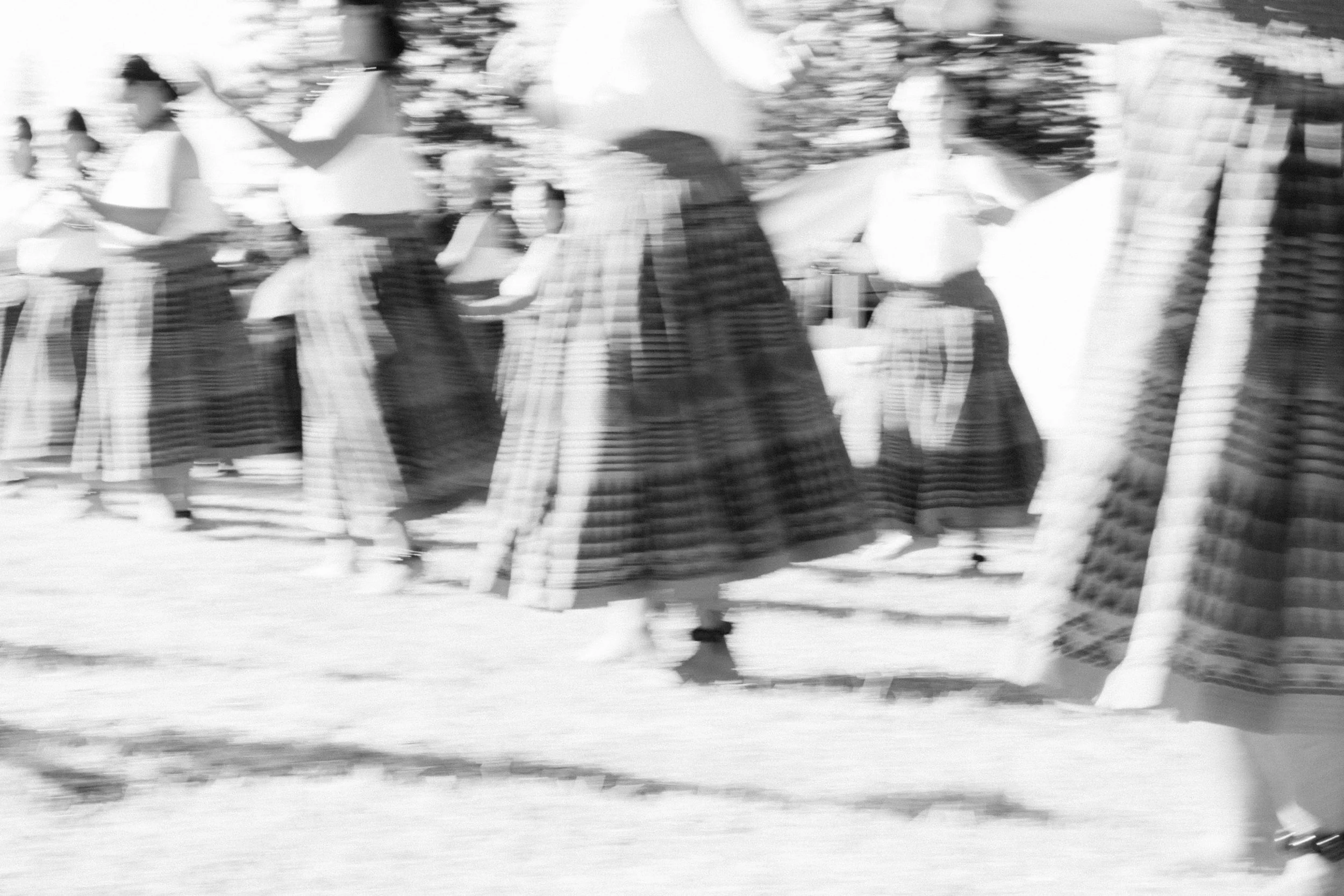











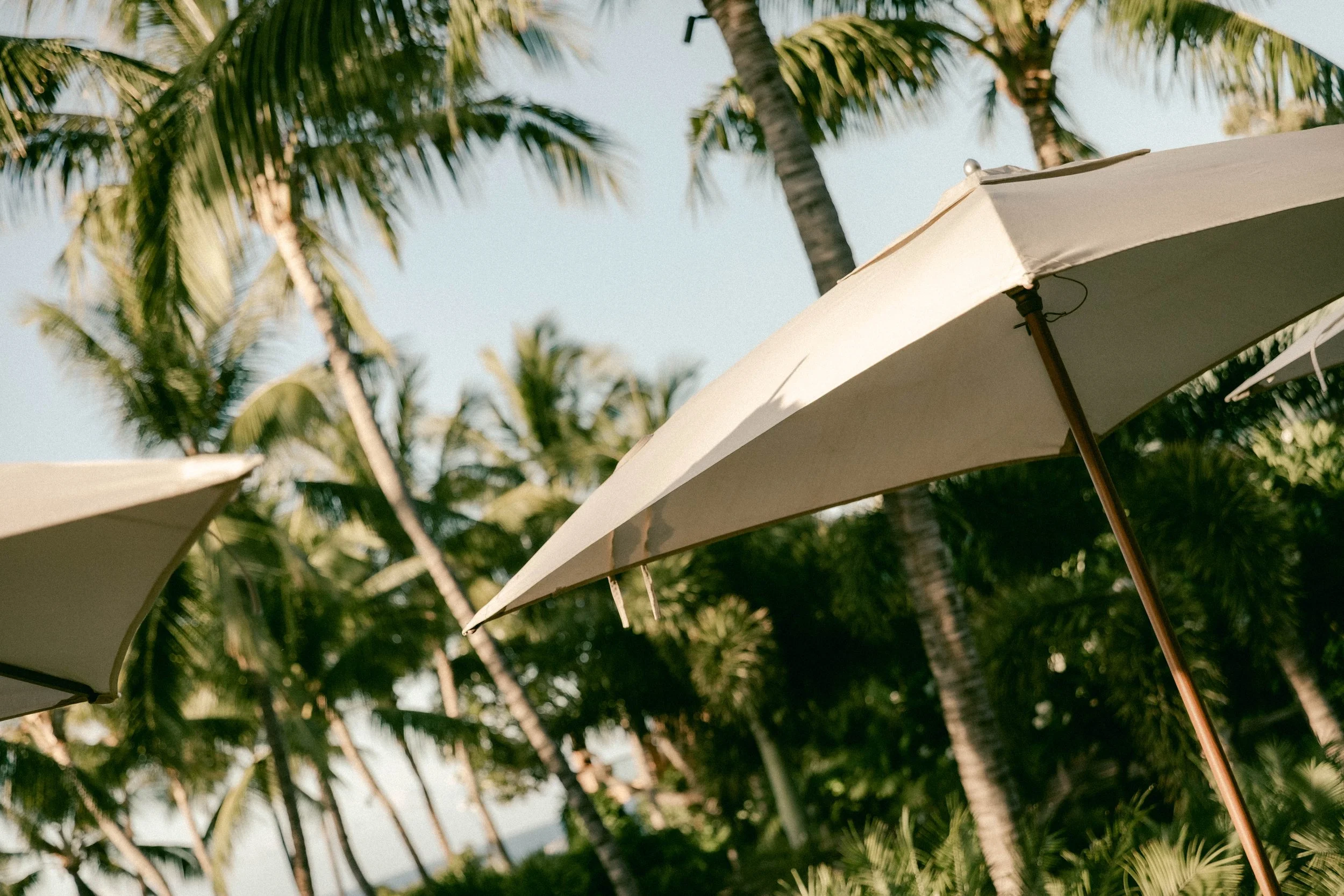











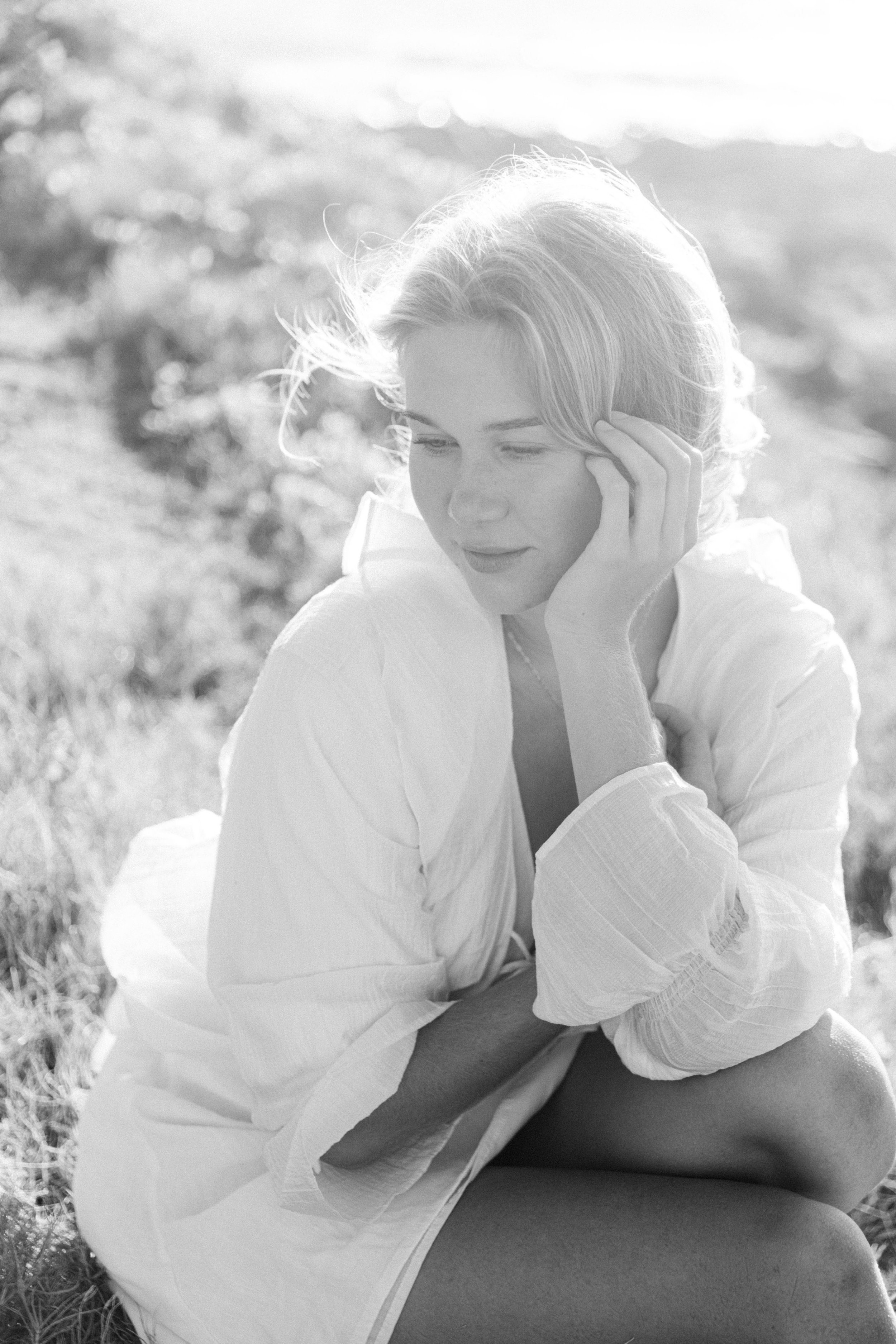













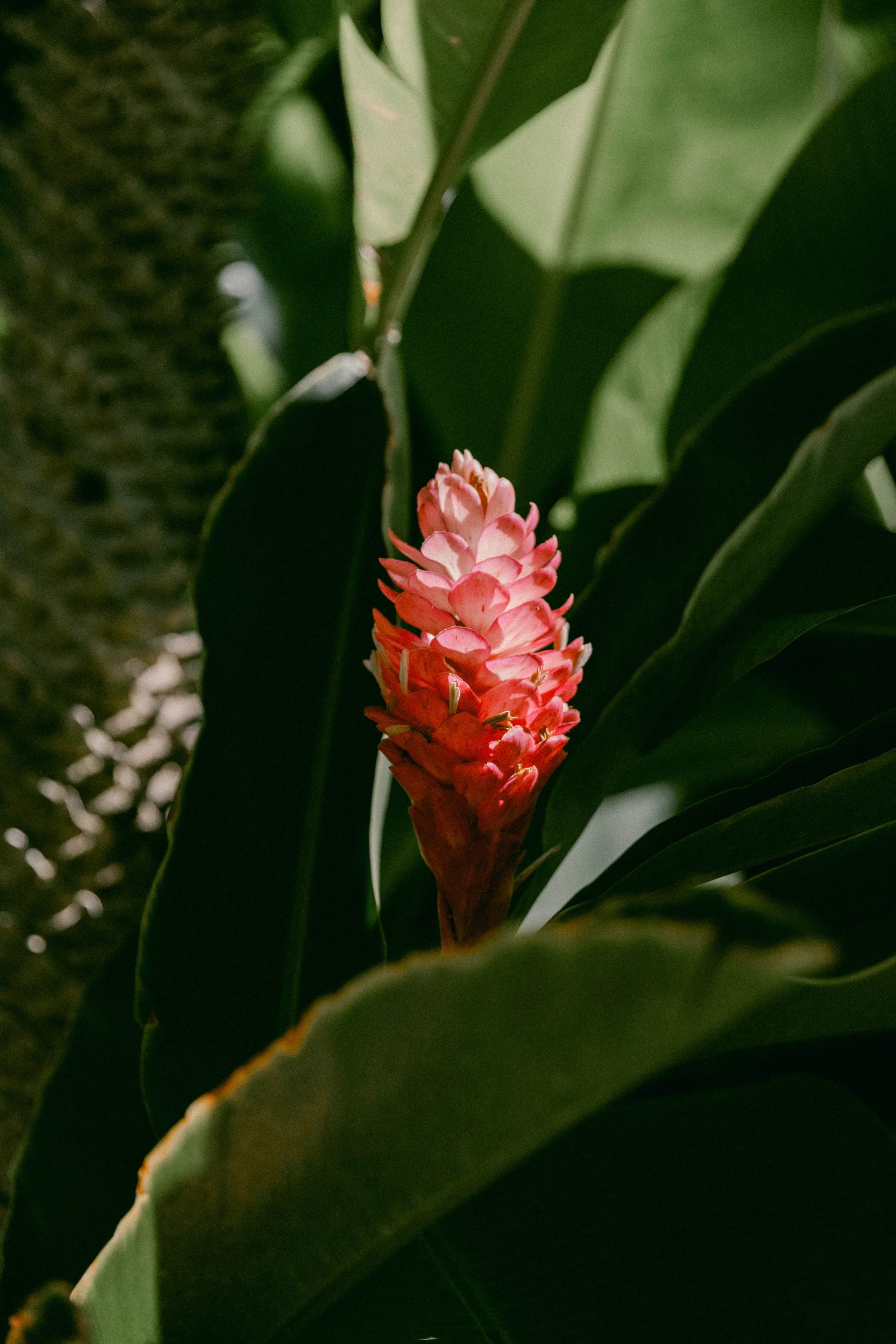






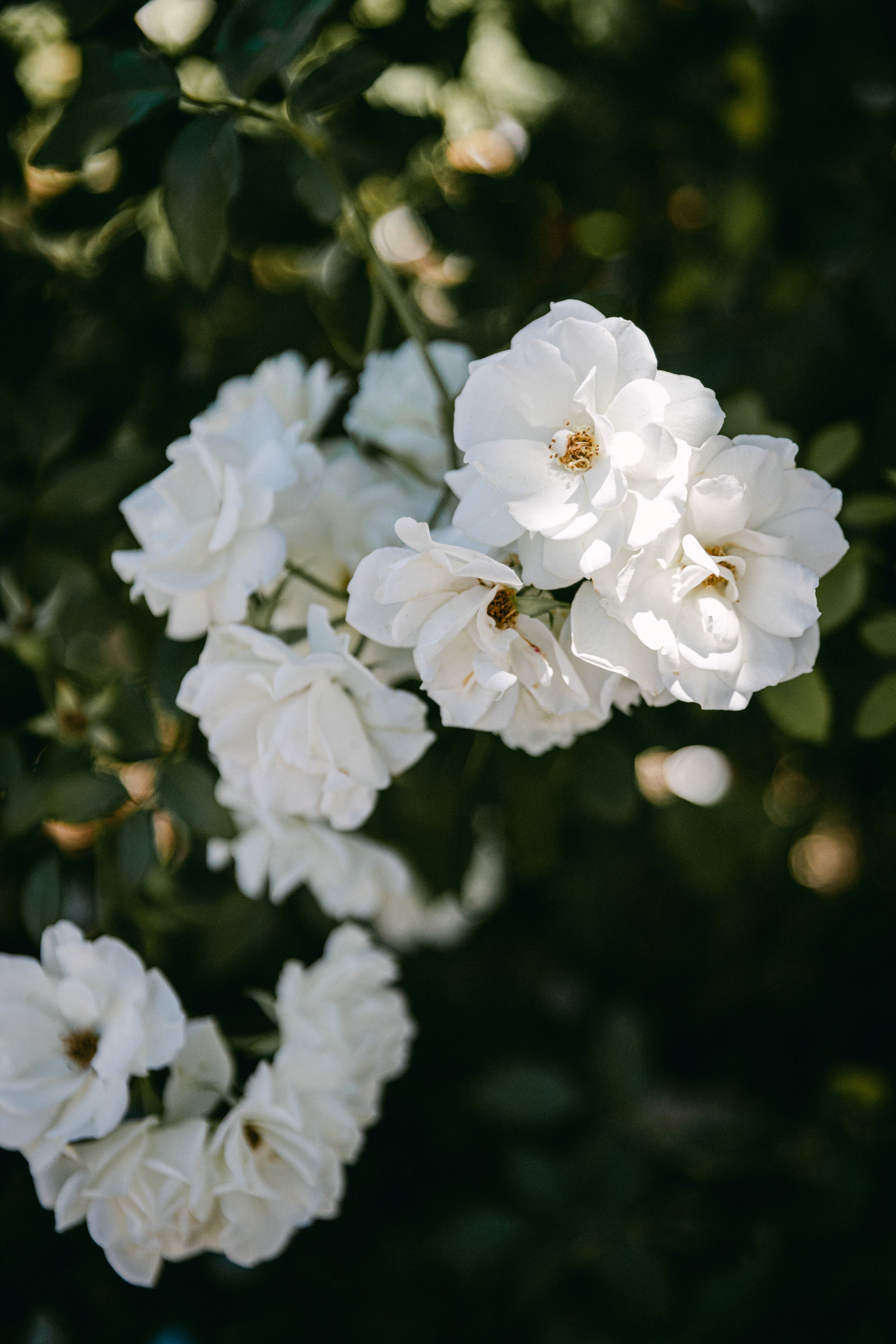
Photography | Mindset | Business
A holistic photography program offering a sensitive and thoughtful space for visual storytellers to gently explore and define their unique visual voice.
Reopens for enrollment July 2025
I’m a lifestyle photographer creating thoughtful visual stories of places, makers, artisans, and small brands with sensitivity and curiosity.
Always looking for moments of beauty and light…
ALANNA O’NEIL
On The Journal
Free 7 DAY
VISUAL STORYTELLING MINI - COURSE
Looking to craft beautiful and thoughtful visual stories? Sign up for my free 7 day visual storytelling mini-course!






















